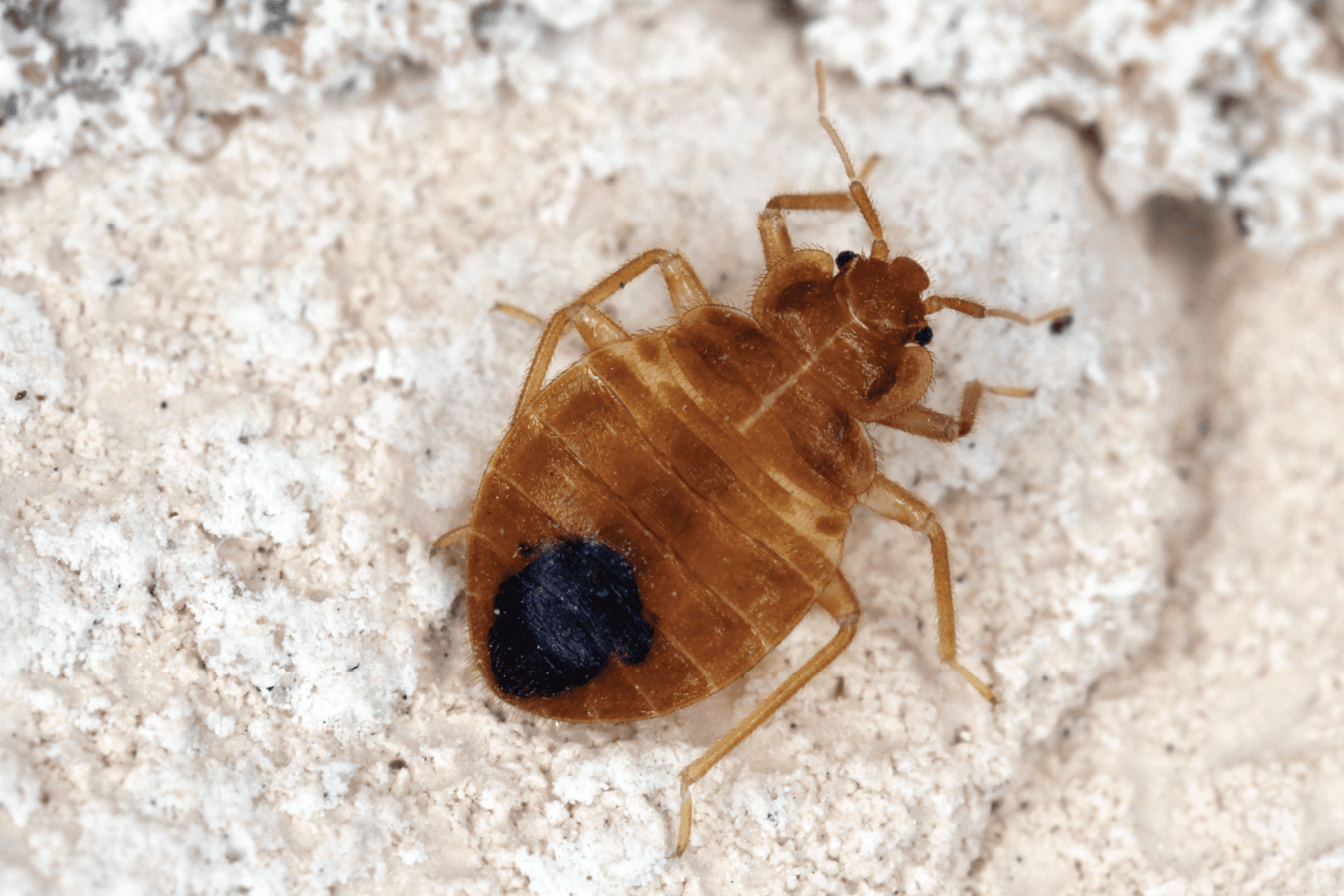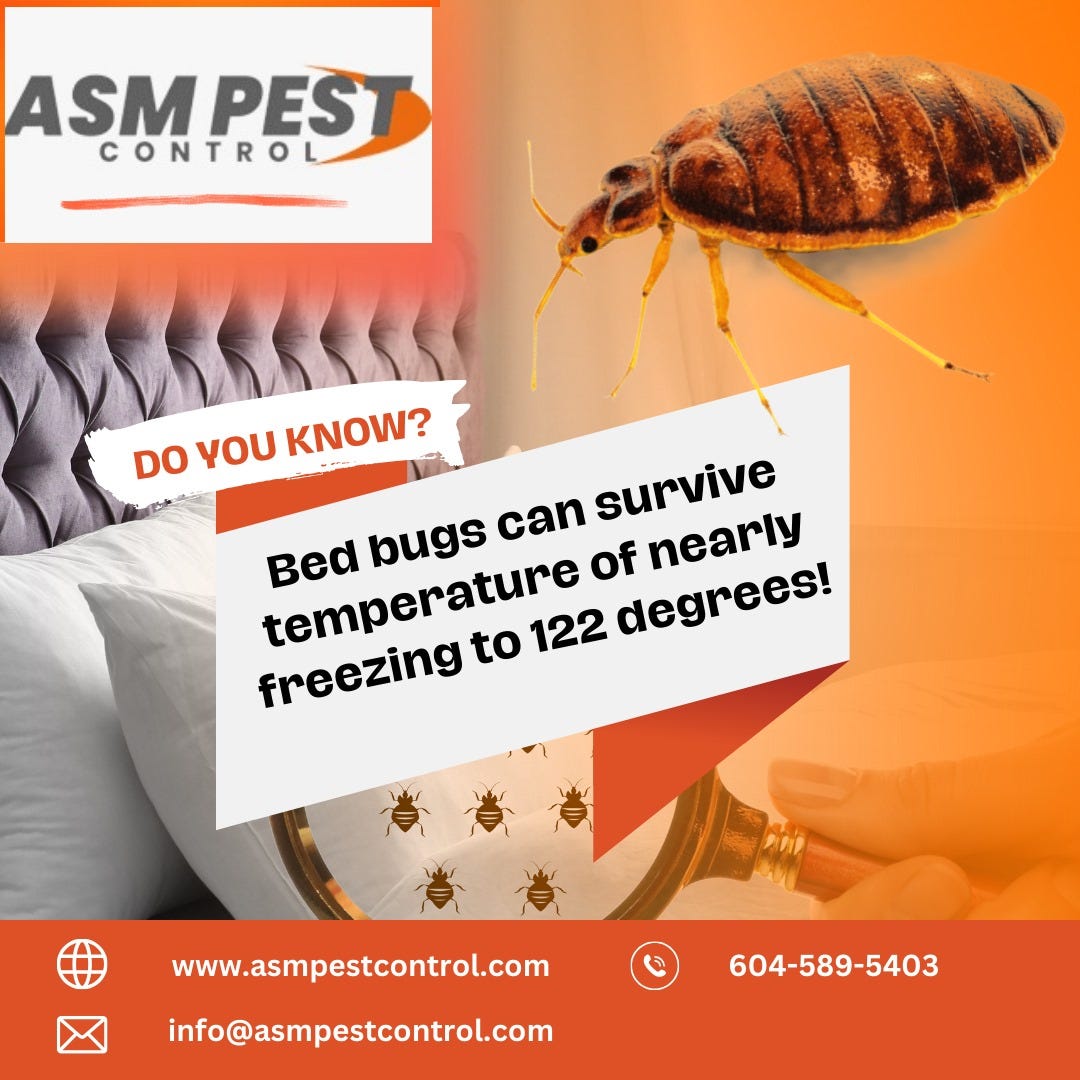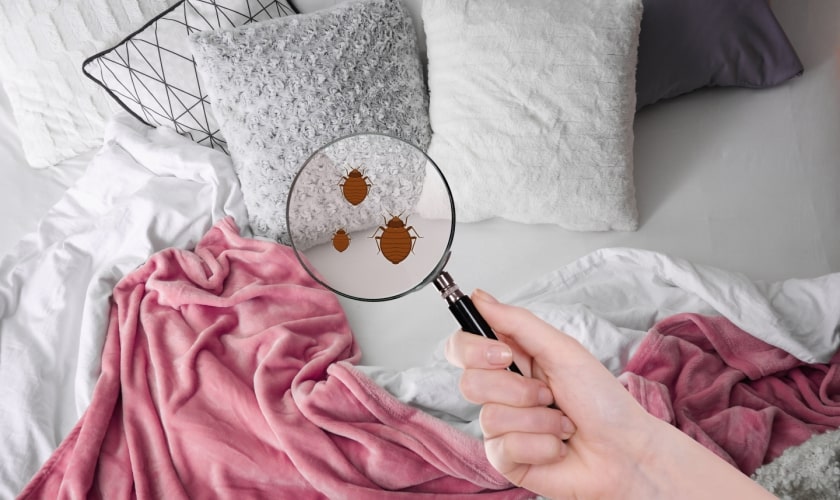Reliable Kings Bug Control Cincinnati Ohio: Reliable Solutions
Reliable Kings Bug Control Cincinnati Ohio: Reliable Solutions
Blog Article
Sorts Of Bug Control: Which Method Is Right for Your Problem?
When faced with an insect invasion, the option of a proper method for parasite control is important in properly handling the circumstance. By checking out the different kinds of bug control approaches readily available, people can make enlightened choices customized to their special scenarios, making certain an extra lasting and reliable result in insect removal.
Chemical Insect Control
Chemical pest control involves using synthetic or naturally derived chemicals to manage and eradicate pest populaces successfully. This technique is frequently used in agriculture, forestry, and residential setups to deal with a variety of pests, consisting of weeds, rats, and bugs. The use of chemical pesticides can provide fast and targeted options to pest infestations, making it a preferred selection for numerous people and services.
One of the key benefits of chemical insect control is its ability to promptly eliminate parasites, minimizing the risk of damages to crops, residential property, and human health. By using certain chemicals that target particular parasites, this technique can properly manage infestations while decreasing damage to beneficial microorganisms and the environment when used correctly.
Nonetheless, using chemical parasite control also elevates issues concerning potential negative effects on non-target types, water sources, and human health. It is crucial to adhere to security guidelines, use chemicals responsibly, and think about different insect control techniques to decrease these risks and make sure lasting pest administration techniques.
Organic Pest Control
Biological bug control, additionally called biocontrol, uses living microorganisms to decrease and handle parasite populaces normally. This method utilizes the power of nature to manage bugs without the demand for artificial chemicals. Biocontrol can involve the introduction of natural opponents of the insect types, such as killers, bloodsuckers, or pathogens, to subdue parasite populaces. By using the pest's natural killers or virus, organic parasite control supplies a sustainable and environmentally friendly service to pest administration.

Mechanical Bug Control
Utilizing hand-operated and physical methods to handle pest populations, mechanical pest control provides a different method that does not rely upon making use of living organisms or artificial chemicals. This approach includes using barriers, catches, or other devices to physically prevent or remove parasites. By blocking insect entrance points or setting up catches to capture them, mechanical bug control can effectively reduce infestations without introducing chemicals into the atmosphere.
One typical example of mechanical insect control is the use of mesh displays on doors and website link home windows to stop pests from getting in structures. This basic yet reliable approach acts as a physical obstacle, maintaining parasites out while enabling correct air flow. In addition, tools like mousetraps, fly swatters, and ultrasonic repellents drop under the mechanical parasite control group.
While mechanical parasite control approaches can be labor-intensive and call for normal surveillance and upkeep, they supply a eco pleasant and lasting option for handling insect infestations. By combining different mechanical techniques, residential or commercial property proprietors can create a detailed insect control approach that reduces dependence on chemical pesticides.
Physical Insect Control

Some common physical bug control approaches include content the use of barriers such as nets or screens to avoid bug entrance, traps to catch and eliminate parasites, and hand-picking to literally get rid of pests from plants or structures. Additionally, methods like warm therapies can be utilized to manage bugs like bed pests by elevating the temperature level to degrees that are dangerous to the pests.
Physical parasite control is specifically valuable in incorporated parasite monitoring (IPM) strategies, where numerous parasite control approaches are incorporated for reliable parasite monitoring while decreasing making use of chemicals. By using physical bug control methods, individuals can efficiently deal with pest infestations with marginal ecological influence.
Integrated Bug Administration
When executing physical insect control methods as component of bug administration techniques, Integrated Insect Administration (IPM) emerges as a comprehensive strategy that leverages numerous methods to successfully manage pest populations. IPM concentrates on lasting prevention of pests with a combination of biological, social, physical, and chemical devices tailored to specific parasite problems. By integrating numerous control strategies, IPM aims to lessen the dangers connected with pests while additionally decreasing dependence on chemical options.
One key facet of IPM is the emphasis on surveillance and evaluating pest populaces to identify one of the most suitable control approaches. This positive approach enables pest guard for very early intervention and targeted approaches, causing more effective pest monitoring. Additionally, IPM advertises eco-friendly practices by prioritizing non-chemical control approaches and only utilizing pesticides as a last hotel.
Final Thought

By making use of the insect's all-natural predators or pathogens, organic insect control supplies a ecologically friendly and lasting remedy to pest administration. - Kings exterminator cincinnati
Making use of hand-operated and physical techniques to take care of insect populaces, mechanical pest control supplies an alternate strategy that does not depend on the usage of living microorganisms or synthetic chemicals.An efficient method to taking care of insect populations without depending on chemical or biological methods entails the usage of physical insect control strategies.When carrying out physical parasite control methods as part of parasite management techniques, Integrated Bug Monitoring (IPM) emerges as a detailed strategy that leverages various techniques to efficiently manage pest populaces. Chemical pest control involves the use of pesticides, biological bug control makes use of all-natural killers, mechanical pest control involves physical barriers, physical insect control includes trapping or eliminating bugs, and incorporated bug monitoring incorporates multiple methods for a holistic method to pest control.
Report this page